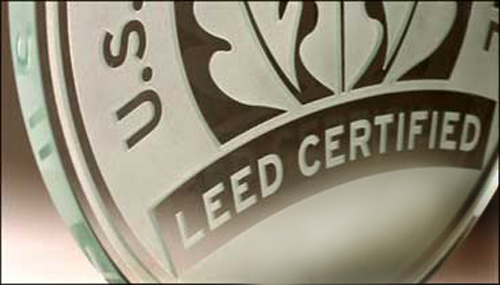Sustainable Growth Indicators.
Sustainable growth indicators are often grouped into three main points of impact. The environment, the economy, and the population or society of a region are all evaluated factors in how to maintain sustainable growth. The following list of topics are often used to determine whether growth and development in an area is sustainable: population, human needs, renewable and non-renewable natural resources, environmental quality, ecosystem quality and stability, the economic and business sectors, natural or man-made disasters, global environmental problems, globalization, and new institutions. In March of 2004, the International Institute for Sustainable Development’s directory of “sustainable development indicators initiatives” included around 600 initiatives initiated by governments, outside organizations and individuals. Below is a Venn diagram showing how the three main areas of focus of sustainable growth overlap.
Portrayal of Sustainable Indicators and Benefits
http://saferenvironment.files.wordpress.com/2008/09/sustainability.gif
Smart Growth Principles.
Smart growth principles are development decisions based on improving or maintaining the welfare of a city or community. Growth is considered "smart" when developments and projects are designed to improve cities, giving citizens more choices, personal freedoms, and opportunities to enjoy where they live. Smart growth also encourages maintenance of the city’s natural environment. Smart growth follows along a list of general principles that are broad and up to interpretation as the city’s limitations are taken into account. An example of smart growth is the creation of compact and diverse building design to create a range of housing opportunities and choices with walkable neighborhoods. This decreases need for motorized transport, which would reduce air and noise pollution. Smart growth also encourages the preservation of open spaces, farmlands, or any other natural beauty found within the city. This can be achieved by mixing land uses, which is one of the main smart growth principles. This means that a city won’t become dominated by a business or commercial center or housing sprawl, but that housing, business, and nature coincide and balance out within the city limits to attract new, residents. Other smart growth principles include provision of various transportation choices and strong, direct development in the existing communities. Below is a picture of a proposed development in a city where smart growth can be implemented.
City Image after Implementation of Smart Growth Project
http://switchboard.nrdc.org/blogs/kbenfield/the_countrys_best_smart_growth.html






